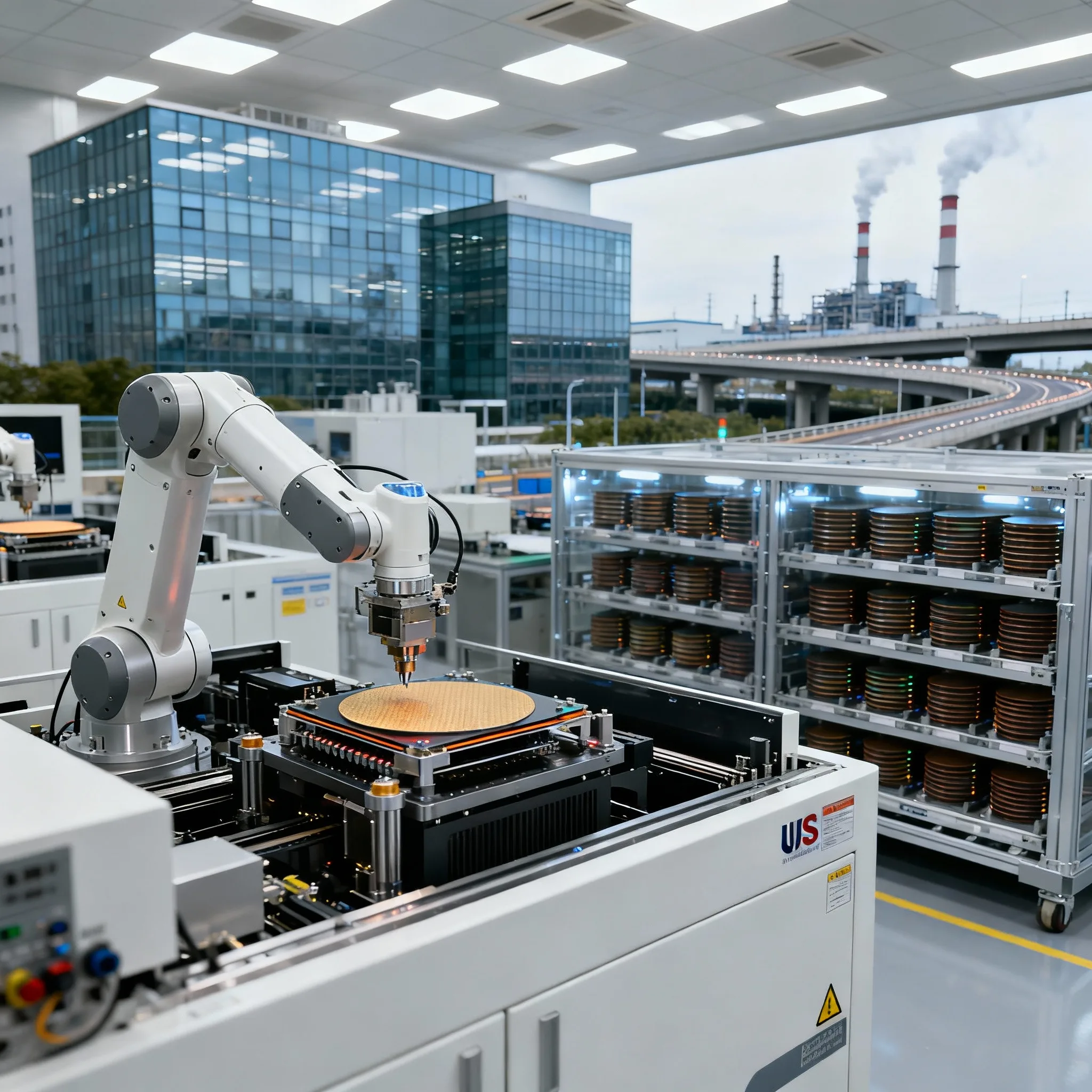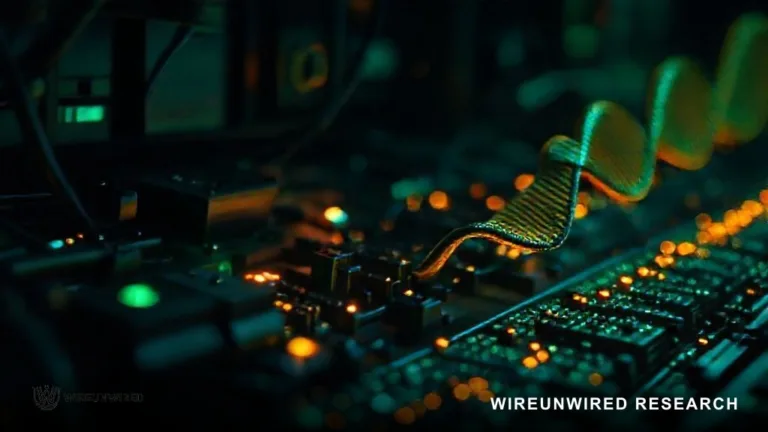Key Insights
- NAND Flash prices surge 5–15% in late 2025 amid extremely tight supply and wafer scarcity.
- East Asian manufacturers like Kioxia, YMTC, and Micron are ramping up investment in advanced semiconductor technologies as Samsung and SK hynix shift focus to HBM and DRAM.
- Persistent supply constraints and stock hoarding fuel market volatility, with downstream impacts on electronics pricing expected globally.
NAND Flash Prices Surge as Supply Squeezes and Demand Shifts
In a dramatic reversal from previous years, NAND Flash prices have surged sharply, with contract prices up 5–10% in the fourth quarter of 2025 and spot prices for key products like 128Gb MLC NAND jumping nearly 15% in October alone. This surge is primarily driven by extremely tight supply, limited wafer releases, and a wave of stock hoarding by both module makers and downstream device manufacturers. Analysts warn that these constraints are likely to keep prices elevated well into 2026, especially as enterprise SSD demand accelerates alongside the AI boom.
According to TrendForce and Spectrum Sourcing, the NAND Flash market is experiencing its sharpest price hikes in a decade, with average increases of 5–10% across all categories in Q4 2025. This is a marked departure from the typical year-end price declines, as persistent shortages and aggressive procurement—especially for high-capacity QLC SSDs—redefine market dynamics.
East Asian Manufacturers Accelerate Advanced Technology Investments

Amid this supply crunch, regional manufacturers are responding with diverging strategies. Japanese and Chinese leaders—Kioxia/SanDisk and YMTC—along with US-based Micron (with major Asian operations), are aggressively investing in advanced semiconductor technologies, including hybrid bonding and process migration to higher-density nodes. These moves are designed to enhance cost efficiency and secure long-term competitiveness, even as they temporarily disrupt output due to line adjustments and process transitions.
Meanwhile, South Korean giants Samsung and SK hynix are cutting capital expenditures for NAND and shifting focus to high-bandwidth memory (HBM) and DRAM, reflecting a strategic pivot toward products with higher margins and stronger AI-driven demand. This has led to reduced NAND capacity expansion in Korea, further tightening global supply.
Market Volatility and Downstream Impacts
The current scarcity is not only a function of limited wafer releases but also intentional stock hoarding by module makers and electronics brands anticipating further price hikes. As a result, inventories have fallen below healthy levels, particularly for enterprise SSDs exceeding 120TB, and downstream electronics pricing is expected to rise as supply chain costs are passed on to consumers.
Industry insiders across East Asia have voiced both concern and cautious optimism. On one hand, forums and trade bulletins highlight anxiety about near-term volatility and potential disruptions to electronics manufacturing. On the other, there is optimism that aggressive investment in advanced NAND technologies will drive future innovation and resilience.
Comparative Table: Manufacturer Strategies in NAND Flash Market (Late 2025)
| Manufacturer | Region | Current Focus | Investment Direction |
|---|---|---|---|
| Kioxia/SanDisk | Japan | NAND Flash | Hybrid bonding, advanced process migration |
| YMTC | China | NAND Flash | Capacity expansion, advanced manufacturing |
| Micron | US/Asia | NAND Flash | Advanced node transition, AI storage |
| Samsung | South Korea | HBM, DRAM | Reduced NAND CapEx, increased HBM/DRAM focus |
| SK hynix | South Korea | HBM, DRAM | Cutting NAND investment, HBM innovation |
Global Implications for Electronics Supply Chains
The surge in NAND Flash prices is already rippling through global electronics supply chains. OEMs and enterprise buyers are advised to reassess procurement strategies, as further price volatility and potential shortages loom. The market’s structural shift—favoring high-margin products and advanced technologies—suggests that NAND Flash will remain a key battleground for innovation and profitability, especially as AI and data-centric applications continue to expand.
For ongoing analysis and real-time updates on the NAND Flash market and semiconductor industry, join our WhatsApp group WireUnwired Research or connect with our LinkedIn community WireUnwired Research.
Discover more from WireUnwired Research
Subscribe to get the latest posts sent to your email.




